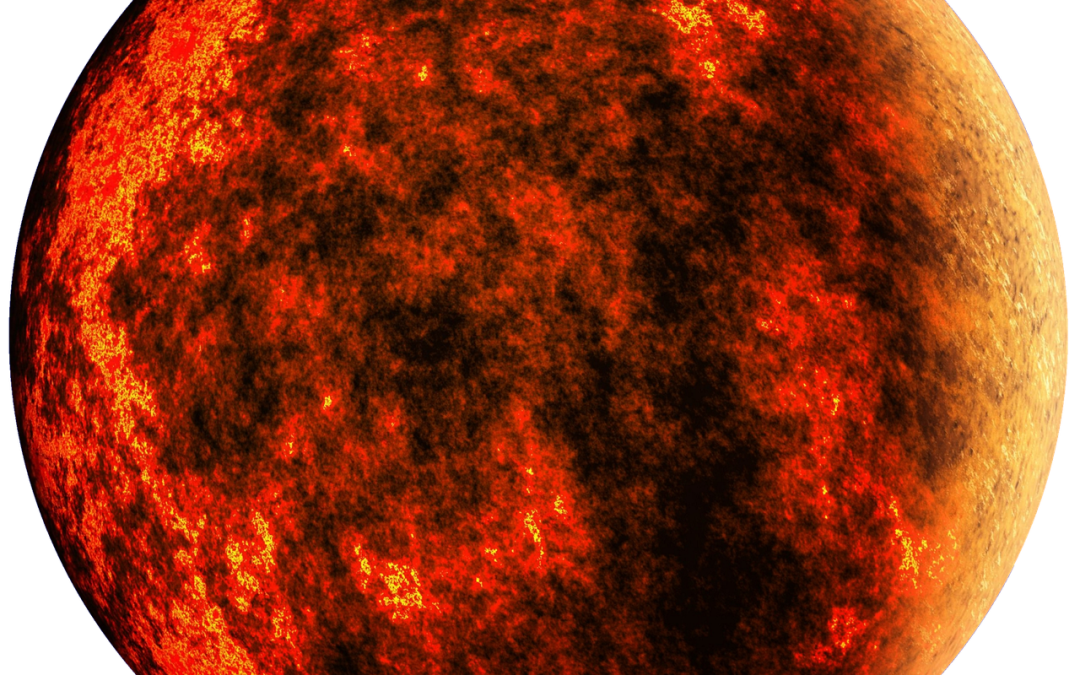In this study, we investigate the potential existence of a non-minimal
coupling between dark matter and gravity using a compilation of galaxy
clusters. We focus on the disformal scenario of a non-minimal model with an
associated coupling length $L$. Within the Newtonian approximation, this model
introduces a modification to the Poisson equation, characterized by a term
proportional to $L^2 nabla^2 rho$, where $rho$ represents the density of the
DM field. We have tested the model by examining strong and weak gravitational
lensing data available for a selection of 19 high-mass galaxy clusters observed
by the CLASH survey. We have employed a Markov Chain Monte Carlo code to
explore the parameter space, and two different statistical approaches to
analyse our results: a standard marginalisation and a profile distribution
method. Notably, the profile distribution analysis helps out to bypass some
volume-effects in the posterior distribution, and reveals lower
Navarro–Frenk–White concentrations and masses in the non-minimal coupling
model compared to general relativity case. We also found a nearly perfect
correlation between the coupling constant $L$ and the standard
Navarro–Frenk–White scale parameter $r_s$, hinting at a compelling link
between these two lengths.
Based on our investigation of galaxy clusters, we have found evidence suggesting the existence of a non-minimal coupling between dark matter and gravity. This coupling is described by a modification to the Poisson equation, introducing a term proportional to the coupling length $L$, and the gradient of the density of the dark matter field $rho$.
To test this model, we analyzed strong and weak gravitational lensing data from 19 high-mass galaxy clusters observed by the CLASH survey. We utilized a Markov Chain Monte Carlo code to explore the parameter space and employed two statistical approaches for analysis: standard marginalization and profile distribution.
Of particular note is the profile distribution analysis, which helps address volume-effects in the posterior distribution. Our findings demonstrate that the non-minimal coupling model yields lower Navarro-Frenk-White concentrations and masses compared to the general relativity case.
Furthermore, we have discovered a strong correlation between the coupling constant $L$ and the standard Navarro-Frenk-White scale parameter $r_s$, indicating a compelling link between these two lengths.
Future Roadmap
Moving forward, there are several challenges and opportunities that lie ahead in this area of research:
1. Further Data Collection
To strengthen our conclusions, additional data collection of galaxy clusters and their gravitational lensing effects is needed. Expanding the sample size and including a broader range of cluster masses and environments would enhance the robustness of our findings.
2. Improved Observational Techniques
Advancements in observational techniques, such as more precise measurements of cluster properties and more accurate modeling of gravitational lensing effects, would contribute to a more accurate analysis and interpretation of the data.
3. Theoretical Development
Further theoretical development is required to better understand the underlying physics and mechanisms governing the non-minimal coupling between dark matter and gravity. This could involve exploring alternative models, refining the mathematical formalism, and investigating potential implications for other astrophysical phenomena.
4. Verification through Independent Studies
Independent studies conducted by other research groups would provide a valuable opportunity for cross-validation and verification of our results. This would ensure the reliability and reproducibility of the findings, strengthening the overall credibility of the non-minimal coupling model.
5. Exploration of Cosmological Implications
An examination of the cosmological implications of the non-minimal coupling model could shed light on its broader significance and potential connections to other cosmological observations. Exploring how this model fits into the larger framework of our understanding of the universe would be an intriguing avenue for future research.
In conclusion, our study suggests the presence of a non-minimal coupling between dark matter and gravity, as evidenced by the modified Poisson equation and our analysis of gravitational lensing data. While there are challenges to be addressed and opportunities for further exploration, this research opens up new possibilities for understanding the nature of dark matter and its interaction with gravity.
